USDA Stops Cattle Transport Across Southern Border to Fight New World Screwworm
Washington D.C., May 15, 2025
Big news from the USDA: They've decided to stop cattle from crossing the southern border to keep a nasty parasite called New World screwworm at bay. This step is part of their efforts to protect our livestock.
What's the New World Screwworm?
New World screwworm, or Cochliomyia hominivorax, is a fly whose larvae munch on live tissues of warm-blooded animals, causing serious health issues and infections. This little bug is a big threat to cattle and other livestock.
Why Did the USDA Make This Move?
Stopping an Outbreak
The USDA wants to avoid a screwworm outbreak in the U.S., which could really hurt the cattle industry and the animals themselves.
Containment and Eradication
By stopping cattle movement, the USDA can better contain and hopefully get rid of the screwworm. This way, any infected animals can be quickly found and treated.
Protecting Livestock Health
Keeping livestock healthy is a big deal for the USDA. This preventive measure reduces risks to cattle across the country, protecting them from screwworm's harmful effects and ensuring the industry stays safe and productive.
What This Means for the Cattle Industry
Economic Impact
Yes, stopping cattle transport might cause some initial problems, but preventing a screwworm outbreak will save a lot of money and hassle in the long run.
Better Monitoring and Biosecurity
This move highlights the need for better monitoring and biosecurity measures. It's a reminder to stay vigilant in spotting and dealing with threats to livestock health.
Conclusion
The USDA's decision to halt cattle transport across the southern border to combat New World screwworm is a smart and necessary step to protect our cattle industry. By preventing the spread of this dangerous parasite, the USDA ensures the health and well-being of livestock and the economic stability of the cattle sector.
